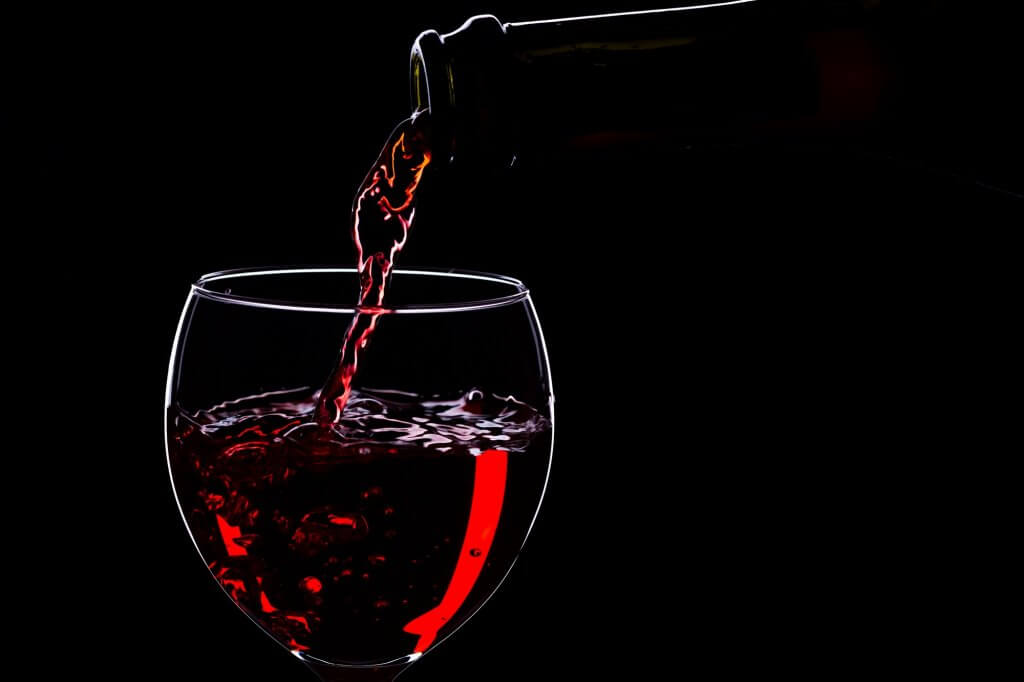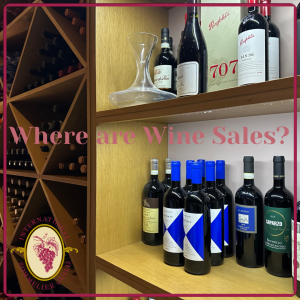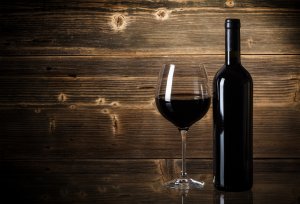The entire Napa Valley wine region was born out of a desire to imitate the success of the French Bordeaux. While wine was made in jugs ages before, it truly wasn’t until the 1970’s when the world was just starting to take notice of what California was doing with Cabernet Sauvignon.
In 1976 during a private wine competition held in Paris, Napa was given a nod of approval when compared to Bordeaux and Burgundy wines. Merely one decade later, Groth Cabernet Sauvignon’s 1985 vintage scored a perfect 100 points by Robert Parker, a renowned wine critic who finally helped give Napa Valley Cabernet Sauvignon the credibility it needed to thrive.
That was really all it took for Napa to get on the fast-track to wine notoriety. Starting in 1990 and onward through the 2000’s, every vintage produced seemed more stunning than the year prior. The interesting thing was that many winemakers that had been honing this craft for ages and wanted wines that aged well. Others were sure that going for what consumers wanted with riper fruit tastes and softer tannins was the way to go.
In essence, the time between the 1990’s on up through today has been a marvelous period of growth for Cabernet Sauvignon in Napa Valley. It’s hard to find a bad bottle of the stuff when browsing wines to take home and serve for dinner tonight. Granted, a bottle that deserves aging shouldn’t be your immediate choice if you’re planning to drink it now. The boom of wineries in Napa Valley meant new wineries popped up virtually overnight.
There’s no need to pick sides, however there are some things you should understand when trying to choose a Cabernet Sauvignon from Napa Valley’s esteemed wineries.
Quality of Fruit
If you want a fruity fresh flavor, choose Cabernet that uses grapes that were precisely ripened at the time of picking. This gives you that ripe taste of plum, black currant, raspberry, black, cherry, blueberry, and blackberry.
Complexity in Flavor
That depth of flavor is like stepping into every layer of the wine. It evolves over your palate, perhaps starting out fruity and then leaving a mineral feel behind before ending on notes of mocha or espresso. The tannins add more texture too for a sublime experience.
Acidity
Good Napa Cabernet Sauvignon always has a gracefully elegant appeal to it. Those that have good acidity are ideal for aging beautifully.
Tannins
For any wine, new or old, tannins should be well-integrated to balance out with the flavors, acidity, and alcohol content.
Hint of Oak
The best Cabernet Sauvignons of Napa always have oak. It’s not about the quantity though but how the oak impacts the flavor, much like adding seasoning to steak.
We’d be remiss not to recommend stellar examples of Cabernet Sauvignon that have been quite enduring in Napa Valley. You’ll never go wrong with Caymus, Chateau Montelena (the one that blew away everyone in Paris in 1976 in the Chardonnay category and Stag’s Leap Wine Cellars with their Cabernet in the 1976 tasting as well), or Duckhorn which has aged quite well to thrive in every decade.







